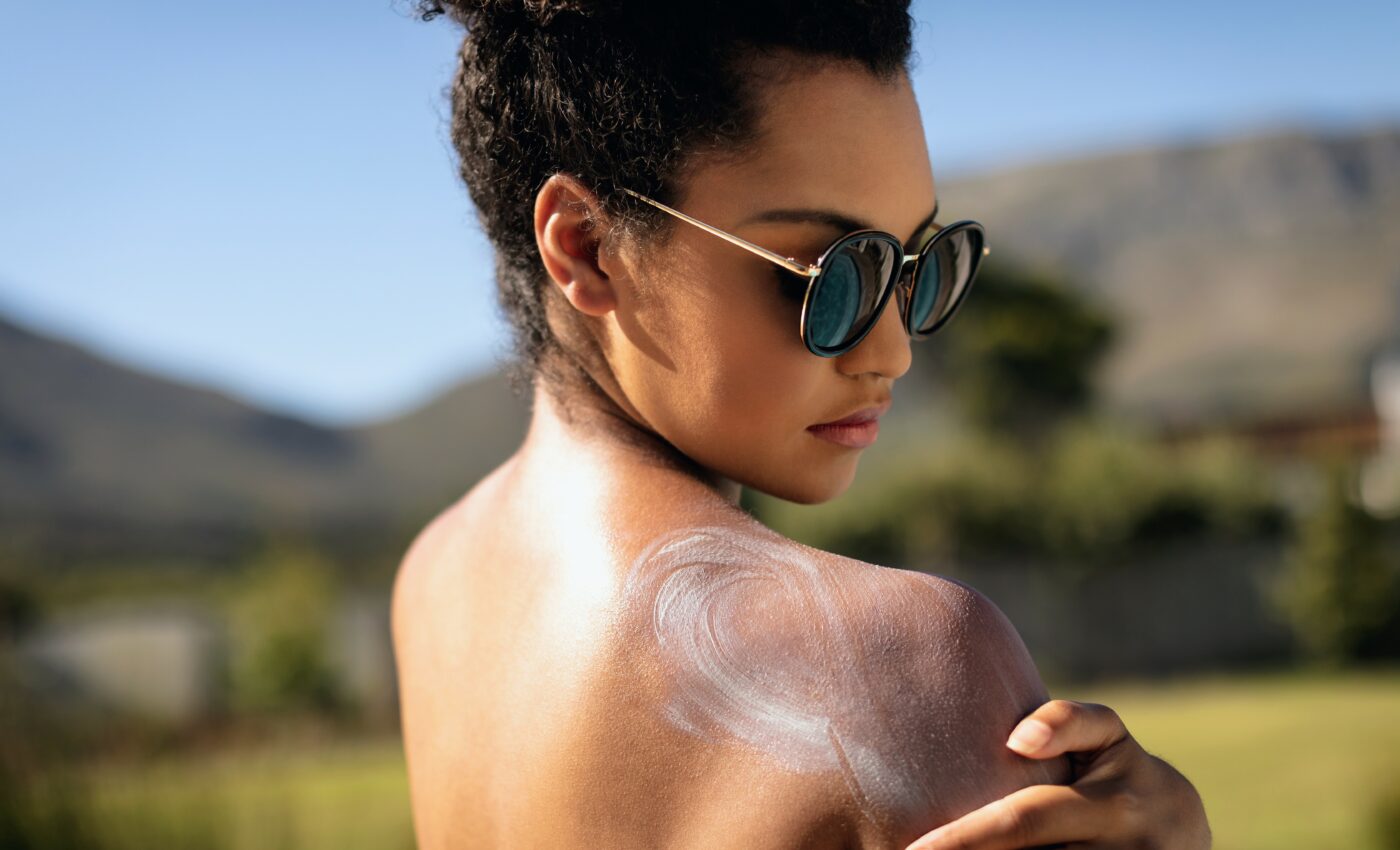
Some sunscreens lose effectiveness and become harmful
A new study published in the journal Photochemical and Photobiological Sciences has found that during use, some types of sunscreens offer very limited protection against dangerous ultraviolet rays (UV). These sunscreens could even be harmful due to chemical reactions involving zinc oxide, one of their main ingredients.
There are two types of ultraviolet rays: UVA, which produces long-term DNA damage such as wrinkling and skin aging, and UVB, which is usually associated with short-term effects such as sunburn.
Sunscreen safety and efficacy is currently evaluated based upon the properties of the individual chemicals they are composed of, and generally use a five-star UVA rating which shows how much protection against ultraviolet rays they offer. However, the photostability of sunscreens is highly dependent on how the various chemical compounds that they consist of interact during use.
Many sunscreens include zinc oxide, an ingredient proven to be highly efficient in blocking UV rays. During tests, the scientists examined how zinc oxide reacted to other ingredients when it was exposed to sunlight, and calculated how much UV the sunscreen managed to block out.
“On its own, zinc oxide is an effective and harmless UV blocker,” explained study co-author Richard Blackburn, a professor of Sustainable Materials at the University of Leeds. “Our research raises concerns about how the individual formulation ingredients react with each other during use and this isn’t currently tested by the industry.
“Once exposed to sunlight for two hours, zinc oxide destroys the UVA protection provided by other ingredients. In this context, putting on sunscreen could actually make things worse because people believe they are being protected from harmful UV rays and may stay in the sun longer.”
“During tests, we found that zinc oxide causes degradation of other UV absorbers, and the protection provided by the sunscreens was reduced significantly over a relatively short time, particularly in the UVA region,” added co-author James Hutchinson, a professor of Chemistry at the University of Oregon. “The degradation of the UV filters not only decreased the effectiveness of the sunscreen, it also led to increased formula toxicity.”
According to the scientists, in the design of future sunscreens, it is critical to consider the potential for zinc oxide induced photodegradation during use, and search for less harmful alternatives.
—
By Andrei Ionescu, Earth.com Staff Writer













